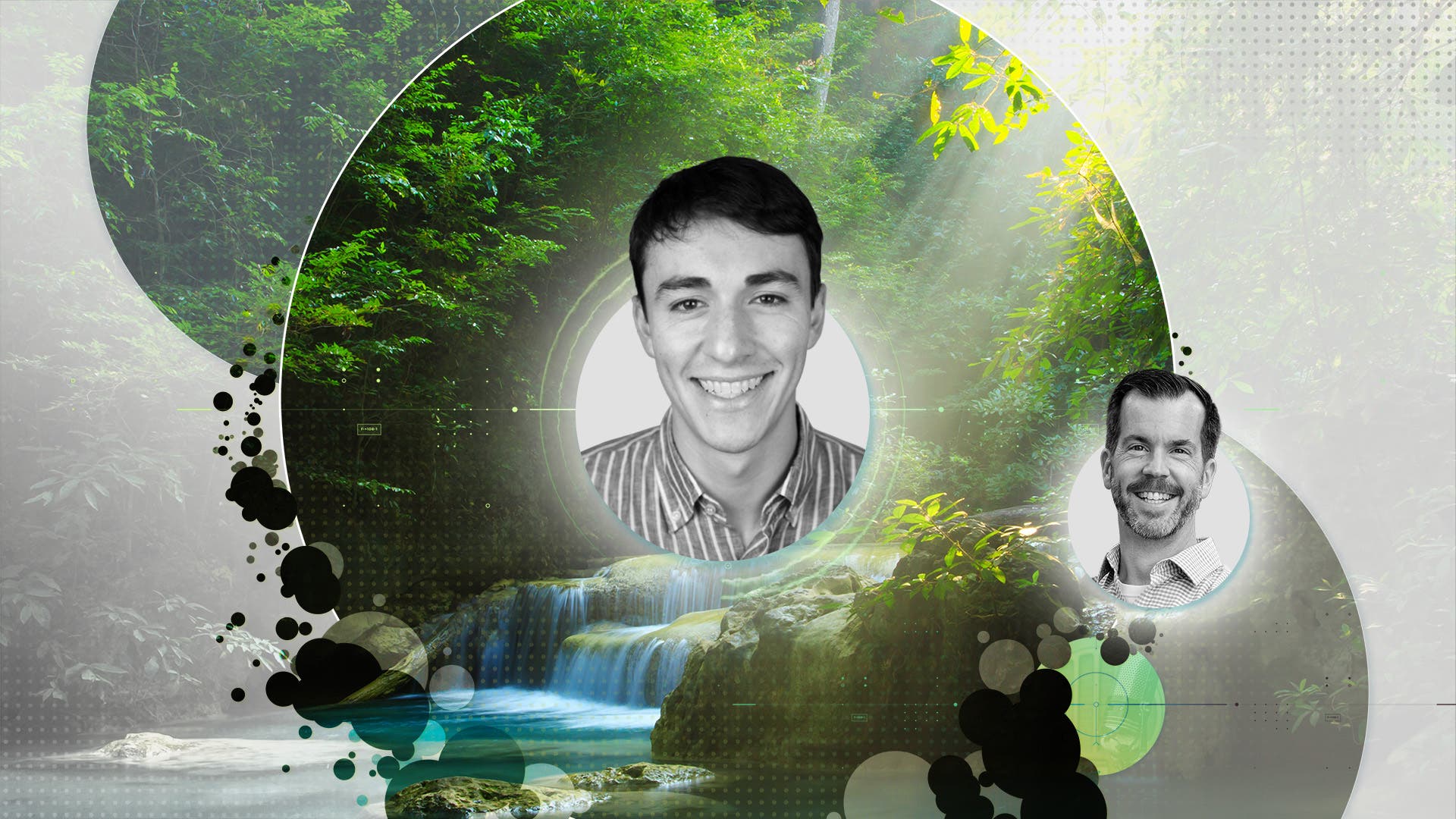PFAS fireside chats

A discovery in the ice
Scientists looking for per- and polyfluoroalkyl substances (PFAS) in arctic ice cores found more than they expected. Eco-friendly alternatives to chlorofluorocarbons (CFCs) were the unpleasant surprise.
07 / 21 / 2021 | Craig Butt
PFAS are a potential health risk because they can bioaccumulate in plant, animal and human tissue. Prof. Cora Young’s research team analyzed arctic ice cores, finding ultra-short-chain PFAS compounds. These breakdown components resulted from an unexpected source—chemicals intended to be eco-friendly replacements for CFCs in the late 1980s.
Craig Butt, PhD
Senior Staff Scientist, Food/Environmental, Global Technical Marketing
SCIEX
View profile
Cora Young, PhD
Associate Professor and Guy Warwick Rogers Chair
York University
View profile






